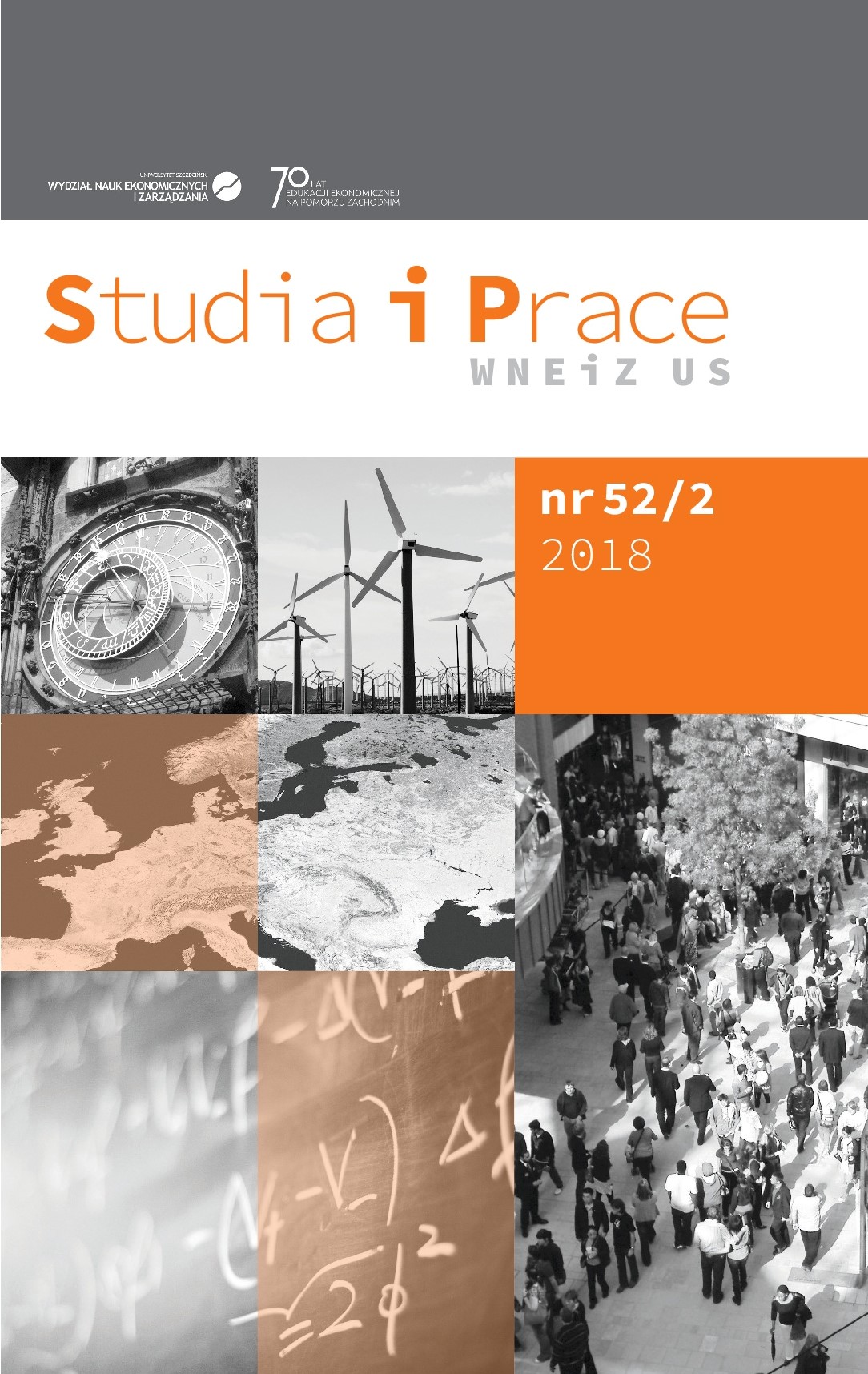Znaczenie powiązań międzyorganizacyjnych dla wzrostu innowacyjności przedsiębiorstw – ujęcie teoretyczno-empiryczne
The importance of inter-organizational links for the growth of innovativeness of enterprises – theoretical and empirical approach
Author(s): Danuta RojekSubject(s): Economy, Business Economy / Management
Published by: Wydawnictwo Naukowe Uniwersytetu Szczecińskiego
Keywords: enterprise innovativeness; inter-organizational links; factor analysis; structural equation modeling
Summary/Abstract: The article discusses the invariably important issue of cooperation of enterprises in the field of innovation. The author focuses on the achievement of the aim of the study, formulated as the presentation of the issues of inter-organizational (formal and informal) links and the determination of their importance for the growth of innovativeness of enterprises. The scientific development was prepared on the basis of literature studies and the results of own empirical research in the presented scope. The assumption of the research project was that the inter-organizational links strengthen the positive impact of various factors on the innovativeness of enterprises in the long run. The aim of the own research was to identify those formal and informal relationships that have the greatest significance in regulating (reinforcing) the impact of important factors, positively affecting the innovativeness of enterprises. Quantitative empirical research was conducted on a sample of 550 innovative small and medium-sized industrial processing enterprises, based on an on-line interview with the use of a proprietary survey questionnaire. The main question, addressed to the respondents, concerned their assessment of the regulating (reinforcing) significance of the indicated inter-organizational links, on a scale of 1 to 5. In the survey 180 properly completed surveys were obtained (a response rate of 33%). As part of the data analysis the author used the confirmatory factor analysis (CFA) with an exploratory approach (E-CFA), leading to the identification of factors – links with the greatest significance. Structural Equation Modeling allowed for the presentation of dependencies and the identification of the factor with the greatest regulating (reinforcing) significance, i.e. links within territorial and sectoral units, including i.a. within chambers of commerce, sectoral associations, technology parks. In the author’s opinion, the results of own empirical research may serve as a recommendation regarding the undertaking of initiatives and creation of the indicated links for managers interested in increasing the level of innovativeness of their enterprises.
Journal: Studia i Prace WNEIZ US
- Issue Year: 2018
- Issue No: 52/2
- Page Range: 293-305
- Page Count: 13
- Language: Polish

